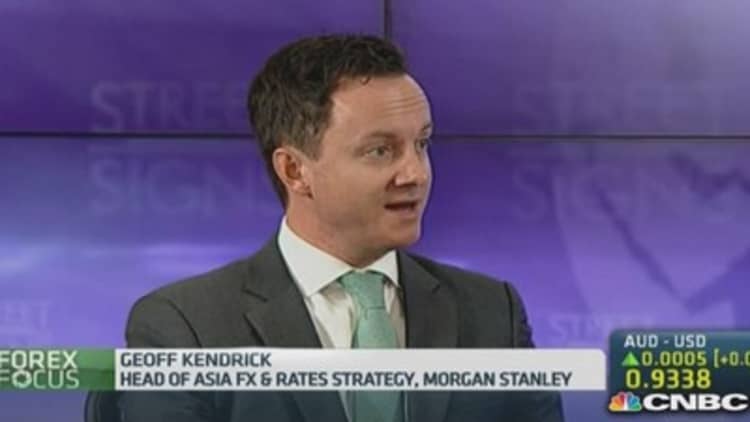As Australia grapples with a mining sector downturn, economists warn that a new headwind threatens to hit business sentiment: waning consumer confidence.
"There are early signs that the transition away from mining investment is slowly occurring…but some new downside risks have emerged," Felicity Emmett, senior economist at ANZ wrote in a report.
"Most worrying has been the sharp fall in consumer confidence over recent weeks which appears to be related to the 2014-15 Commonwealth Budget savings measures which largely targeted households," she said.
Read MoreAustralia'sbudget: Harsh or fair?
Consumer confidence slumped after the government last month delivered its harshest budget in nearly two decades, slashing welfare spending and hiking taxes for high-income earners to rein in the ballooning budget deficit.
The Westpac - Melbourne Institute Index of Consumer Sentiment dropped to 92.9 in May – the lowest reading since August 2011 – before edging up to 93.2 in June. A reading below 100 indicates pessimism on the state of the economy.
Headwinds abound
The trajectory of consumer spending is key to the recovery in the non-mining sector and an important watch-point, economists say.
Read MoreWhy Australia shares have stalled
"If the weakness in consumer confidence persists in coming months and spills into weaker business confidence or conditions, two things could happen. One, household spending growth could wane and two, non-mining firms' spare capacity could expand and the modest improvement in investment intentions could be prematurely stunted," Emmett said.

The Australian dollar is another headwind. It has appreciated nearly 6 percent against the greenback this year and recently traded at $0.94.
Read MoreThe Aussie at parity by year-end?
"With a high Australian dollar, Australian businesses remain uncompetitive relative to businesses they compete with in export markets," said Peter Jolly, global head of research at National Australia Bank (NAB).
Easy policy here to stay?
Amid stiff headwinds easy monetary policy may be required for longer to support the economy as it rebalances away from a heavy reliance on mining investment towards other sources of domestic demand and exports.
"For some time we have forecast that the RBA (Reserve Bank of Australia) starts to remove monetary policy support in the first quarter of 2015 and increases the cash rate by 100 basis points over the year. While that remains our base case, the risks appear tilted towards a somewhat later start to policy tightening and/or more gradual cash rate increases," Emmett said.
Read MoreAussie falls after RBA minutes, pound pauses
The RBA has held the benchmark interest rate steady at 2.5 percent since cutting it to a record low in August 2013.
Jolly of NAB agrees rates are set to remain low for "a long time", adding that there is a risk the central bank may need to ease monetary policy further later this year.
"The RBA is clearly reluctant to cut what they already think is a super low 2.5 percent cash rate. Most likely this leaves them on hold at 2.5 percent for a long time, although the risk remains they may still need to cut again later this year," he said.


